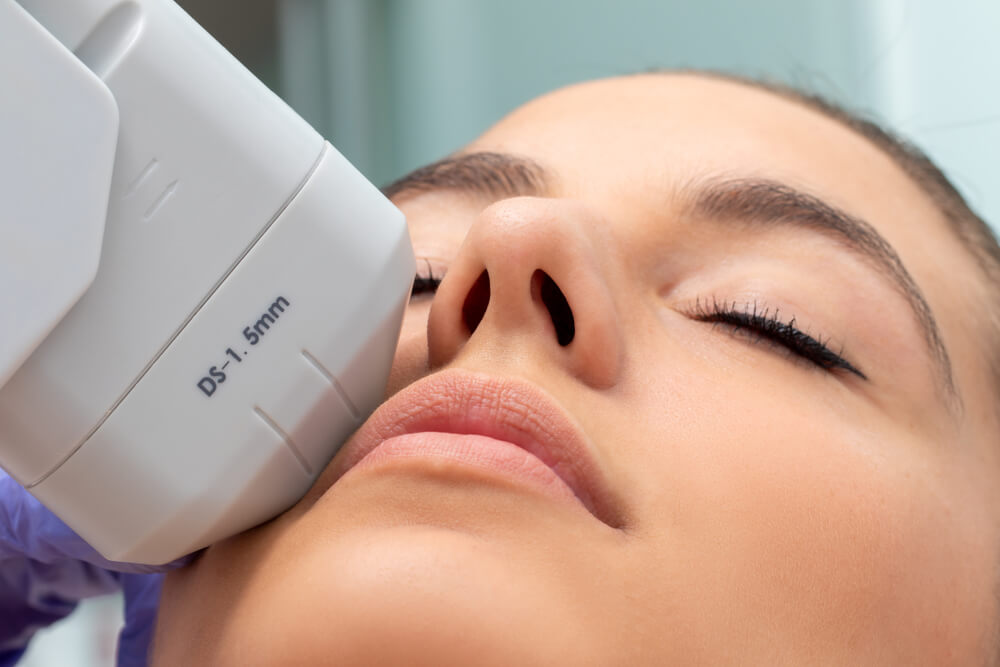Fitbit is a prominent name in the wearable technology market, specializing in fitness-tracking gadgets. It has swiftly gained notoriety for its distinctive approach to tracking fitness, which incorporates sensors like GPS, accelerometers, and heart-rate monitors but sometime we will face issues with Fitbit Won’t Turn On.
Through its user-friendly mobile app and interface, individuals can easily analyze their data, set goals, track progress, and engage in challenges and social groups. Fitbit’s emphasis on promoting and motivating users to adopt healthier lifestyles has contributed to its increasing popularity, with millions of loyal and dedicated users.
Fitbit devices revolutionizing Health and Fitness Goals
Fitbit devices are essential for tracking health and fitness objectives due to their precise monitoring capabilities, goal-setting tools, motivation and accountability features, data insights and analysis, and integration with other devices and apps. These functions give customers a thorough overview of their fitness journey and support them in making wise choices.
The Fitbit mobile app complements this experience by offering in-depth analyses and insights into the data collected, enabling users to make adjustments and optimize their routines for improved results. Additionally, Fitbit devices seamlessly synchronize with other gadgets and apps, enhancing the overall tracking experience and extending their utility. Fitbit devices provide a wide range of features and benefits that are essential for tracking health and fitness goals.
Overview of the possible causes for a Fitbit failing to switch on
1. A discharged or dead battery is one of the most common reasons why a Fitbit fails to turn on. Trying to turn on the device will not work if the battery is dangerously low or empty.
2. Software bugs or firmware problems can also prevent a Fitbit Won’t Sync. To ensure proper functionality, Fitbit devices require up-to-date software and firmware. In rare cases, errors or defects in these software components can prevent the device from powering on. Failed software updates, incompatible applications, or damaged system files are potential culprits.
3. Physical damage or exposure to water can render a Fitbit inoperable. Despite their durability, Fitbit devices can be susceptible to physical harm. Internal components may malfunction or stop working entirely if the gadget is dropped, subjected to severe force, or submerged in water.
4. Connection or charging issues can impede the turning on of Fitbit devices. Regular charging is necessary to maintain their functionality. If the connecting port or charging cable is broken or defective, the device may not charge properly or power on.
Can you resolve the issue without seeking professional help?
Before contacting a professional, it is crucial to diagnose the problem with your Fitbit. By doing this, you’ll be able to find the problem and perhaps address it on your own, saving time and money. Troubleshooting is important for several reasons, including cost-effectiveness, time savings, the opportunity for self-resolution, knowledge and empowerment, and preventing physical damage. It might be important to seek professional assistance if your troubleshooting efforts are unsuccessful or if the problem entails physical injury. Fitbit’s authorized service centers or customer support can provide further assistance in such situations.
How to Troubleshoot Fitbit Won’t Turn on Issue
A. Troubleshooting Fitbit Battery and Charging Issues:
1. Checking the battery:
– Press the button(s) on your Fitbit device to see if it responds. No response could mean a drained or dead battery.
– Search for the battery icon on the screen after connecting your Fitbit gadget to the charger. If there is no sign that the battery is charging, it can be completely depleted.
2. Charging the device properly:
The most important details are to ensure the charging cable is firmly attached to the smartphone and the charging port, clean the charging contacts on the device and charger, plug the charging cable into a working USB port or wall adapter (5V, 1A recommended), and let the gadget charge for at least 30 minutes before attempting to switch on.
B. Resetting the Fitbit to resolve software or firmware issues:
There are two ways to reset the Fitbit to fix software or firmware problems: a soft reset and a hard reset. While a hard reset entails pushing and holding the button(s) until the screen turns off, a soft reset entails putting the device into the charger and doing the same for 15 seconds.
C. Inspecting for physical damage or water exposure:
1. Check for visible damage or signs of water damage:
– Examine your Fitbit device for cracks, dents, or loose parts. Any damage might be preventing it from turning on.
– Look for moisture or discoloration, indicating water damage. While Fitbit devices are water-resistant, excessive moisture or submersion can cause problems.
2. Clean and dry the device if needed:
– If you see dirt or debris on the charging contacts or device, gently clean them with a soft, dry cloth.
– If your Fitbit got wet, carefully dry it with a towel or tissue. Avoid using heat sources like hair dryers, as they can harm the device. Let it air dry completely before attempting to turn it on.
D. Ensuring proper connection and charging cable functionality:
1. Verify the charging cable for damage and compatibility:
– Check the charging cable for any signs of damage, such as frayed wires or bent connectors. Damaged cables may not charge the device correctly.
– Ensure you are using the official Fitbit charging cable designed for your specific Fitbit model. Third-party cables may not function properly.
2. Try an alternate charging source or cable if available:
– If you have access to another known working charging cable and/or charger, try using them to charge your Fitbit device. This will help determine if the issue lies with the cable or charger rather than the device itself.
– Attempt charging your Fitbit device using a different USB port or wall adapter.
When to seek professional assistance
A. Recognizing Self-Troubleshooting’s Limitations:
While Lifpii self-troubleshooting can assist in resolving small Fitbit issues, there are some circumstances that call for expert assistance.
1. Complexity of the Issue: If you’ve tried Fitbit’s troubleshooting steps or online resources but can’t fix the problem, it may require professional expertise.
2. Lack of technical knowledge: If you’re unsure about advanced troubleshooting or lack technical understanding, it’s best to seek professional help to avoid causing more damage.
3. Warranty Coverage: Attempting self-repairs may void the warranty. Consult Fitbit support or a professional technician to ensure warranty protection.
B. Indications to Contact Fitbit Support or a Professional Technician:
1. Persisting Issues despite Troubleshooting: If the problem continues after following recommended troubleshooting steps, reach out to Fitbit support for specialized assistance.
2. Suspected Hardware Failure or Internal Damage: If you suspect hardware failure, unresponsive buttons, screen damage, erratic behavior, or unresolved charging/syncing issues, seek professional assistance.
When contacting support or a technician, provide detailed information about the problem, troubleshooting steps taken, and any relevant observations or error messages. This ensures accurate guidance for repairs or replacements.
Remember, seeking technology professional assistance ensures expert care for your Fitbit device, minimizing the risk of further damage and maximizing its lifespan.
Preventive Measures to Avoid Fitbit Power Issues
Follow preventive measures to ensure optimal performance and battery life.
1. Regularly monitor battery life and charging habits to ensure optimal charging, monitor battery life, and avoid overcharging or deep discharge. Follow Fitbit’s charging instructions and avoid third-party chargers.
2. Clean Fitbit regularly with a soft, lint-free cloth and avoid harsh chemicals or abrasive materials to prevent power-related issues. Keep it dry after exposure to water to avoid corrosion or short circuits.
3. Check for updates and install them promptly to improve performance, fix bugs, and address power-related issues. Follow the instructions provided by Fitbit to install updates correctly.
4. Avoid impacts and pressure, protect from extreme temperatures, and remove during high-impact activities to prevent accidental damage. Do not drop or subject Fitbit to strong impacts or apply excessive pressure.




















